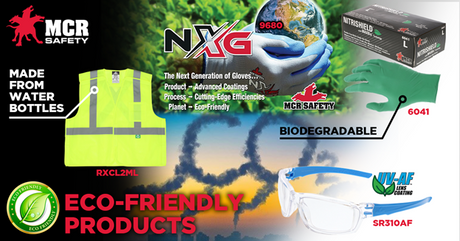Explaining Green, Eco-Friendly, and Environmentally Friendly
Posted by Anthony Webb on Nov 21st 2024
At MCR Safety, we love providing a great selection of PPE that keeps people protected at work and at home. However, we also love the planet! In recent years, we've worked hard to add a wide array of green and eco-friendly merchandise across all our product lines, protecting people and Mother Earth!
One of the environmentally thoughtful products we have introduced is our NXG gloves made in our brand-new MCR Safety factory that uses clean energy to fuel production. Similarly, our new UV-AF coatings for our safety glasses use 87% less energy to produce. As discussed in our Biodegradation article, we now offer biodegradable gloves that decompose naturally in a shorter period instead of taking decades to break down.

You may have noticed some of our new eco-friendly products recently introduced.
The term "eco-friendly" gets used a lot and is applied to many different products and items. However, using the word eco-friendly is somewhat vague and confusing for many. It'sa buzzword you'll probably hear thrown around a lot in coming years due to the concerns over global warming and plastic pollution across the globe. So, we're going to highlight what exactly makes a product eco-friendly and explain the distinctions between "green," "eco-friendly," and "sustainable."
This article covers the green and eco-friendly products we offer and gives an overview of eco-friendly practices and products. Get ready; you'll probably be surprised by all the ways products are becoming more eco-friendly, including some of the personal protective equipment (PPE) you wear every day.
Definition and Meaning
![]()
What does it mean for something to be "eco-friendly"? Eco-friendly items and materials are defined as being not environmentally harmful. These products promote green living or green manufacturing methods that lessen the amount or types of resources used. In short, eco-friendly products help the earth, not cause it harm.
Typically, eco-friendly products receive this designation based on the materials they contain, the way they're manufactured, packaged, and distributed, and how they're used. Thankfully, the Federal Trade Commission (FTC) produces its Green Guides, providing all the details for companies to follow and allowing consumers to know what is required to earn an eco-friendly rating. For a product to be considered eco-friendly, a company must specifically call out what makes a product good for the environment. Eco-friendly products should indicate on the packaging or somewhere on the company's website how the products are environmentally harmless.
Be a little leery of "generalized" claims around this subject matter, as some companies may throw out blanket terminology without providing much substance. Any company statement that attempts to mislead users with false green claims is engaged in "greenwashing." Don't worry; we're going to tell you exactly how the products we designate as eco-friendly have earned that distinction.
Eco-Friendly vs. Environmentally Friendly vs. Green
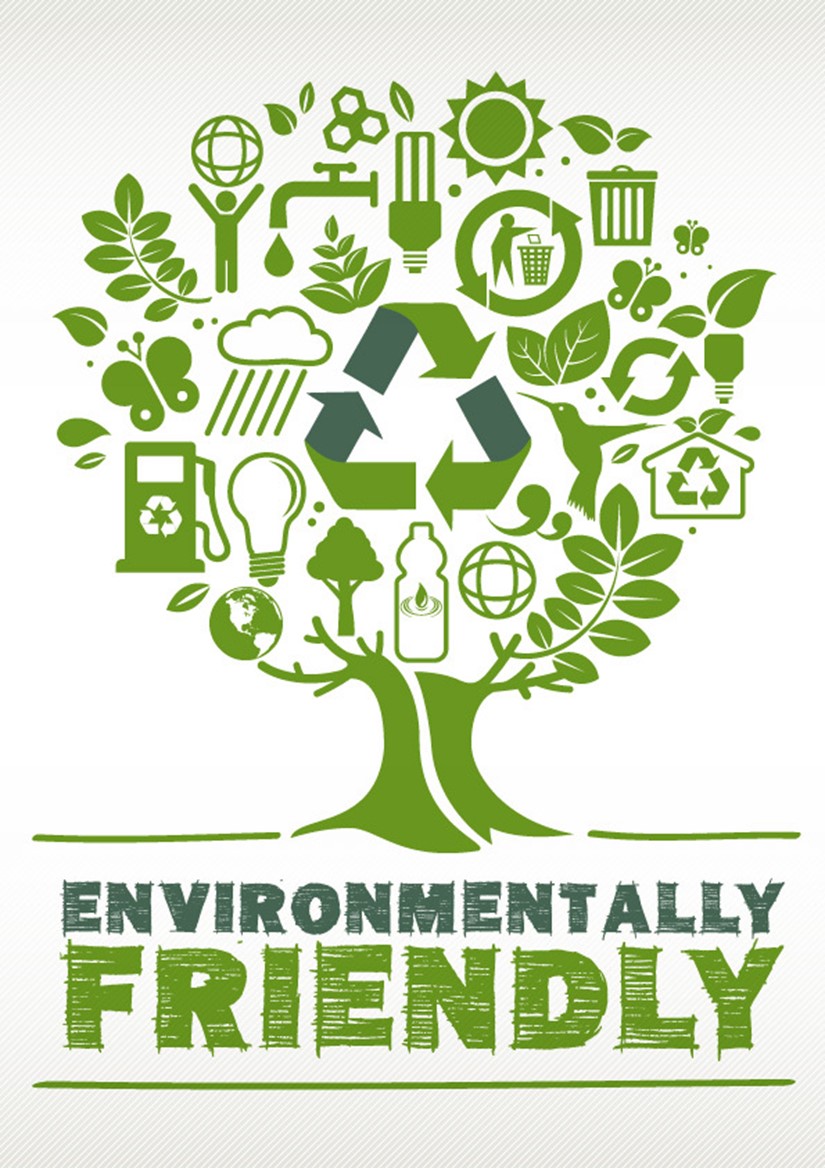
These days, the term "green" implies a whole lot more than color. While some green terms can be used interchangeably, others have more nuanced meanings and are not synonymous.
We've already highlighted eco-friendly above. Now we need to cover two more primary terms often used across industries. Here is a general definition for each:
- Environmentally Friendly – like eco-friendly or earth-friendly, environmentally friendly means that the product or item is not environmentally harmful.
- Green – less specific than eco-friendly, green describes anything that benefits the environment or minimizes the impact on the planet. It can involve using recycled materials, using fewer resources, or outfitting products with eco-friendly packaging.
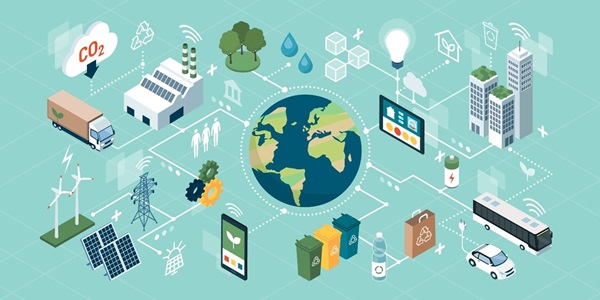
Green products and processes show concern for environmental health and work to benefit the environment in some way.
It's important to carefully review the claim a product makes concerning making the earth greener or the planet healthier. Here are a few areas to pay special attention to when selecting environmentally friendly products:
- The percentage of recycled or green material used in the product
- The manufacturing process used to create the product
- Consumer use
- Biodegradation capability
How to Be More Eco-Friendly?
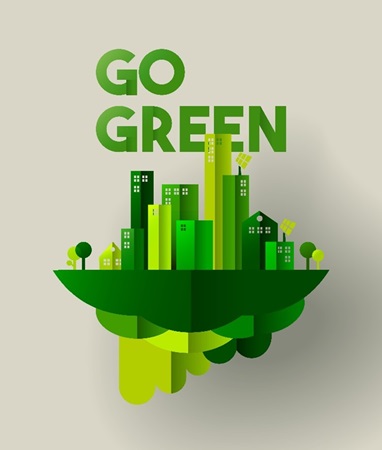
Leading a greener and more eco-friendly life is possible with the right choices. Making both minor and significant changes to everyday practices can lessen our overall carbon footprint and benefit the health of our planet.
Many people want to live a more green lifestyle; they just aren't sure how. Here are some habits and choices that will start you on a path toward a greener lifestyle:
- Avoid single-use plastics (e.g., water bottles, shopping bags, forks/knives, straws, etc.)
- Buy products with less packaging or environmentally friendly packaging.
- Choose to buy only items you need and donate the things you no longer use
- Compost food and yard waste to reduce methane emissions
- Eat more fruits and vegetables that are local and organic; better yet—grow your own!
- Give your old electronics to companies that can recycle the parts.
- Reduce your energy consumption at home by adjusting the thermostat, shutting off lights, and unplugging idle electronics
- Reuse bags instead of consuming new plastic bags
- Upgrade to energy-efficient appliances
- Use LED lightbulbs
We've only scratched the surface of all the ways you can live a more eco-friendly life. Here are some other excellent articles that will give you some other green ideas:
- 20 Step Guide to Eco-Friendly Living
- 30 Ways to Be Environmentally Friendly
Popular Eco-Friendly Products
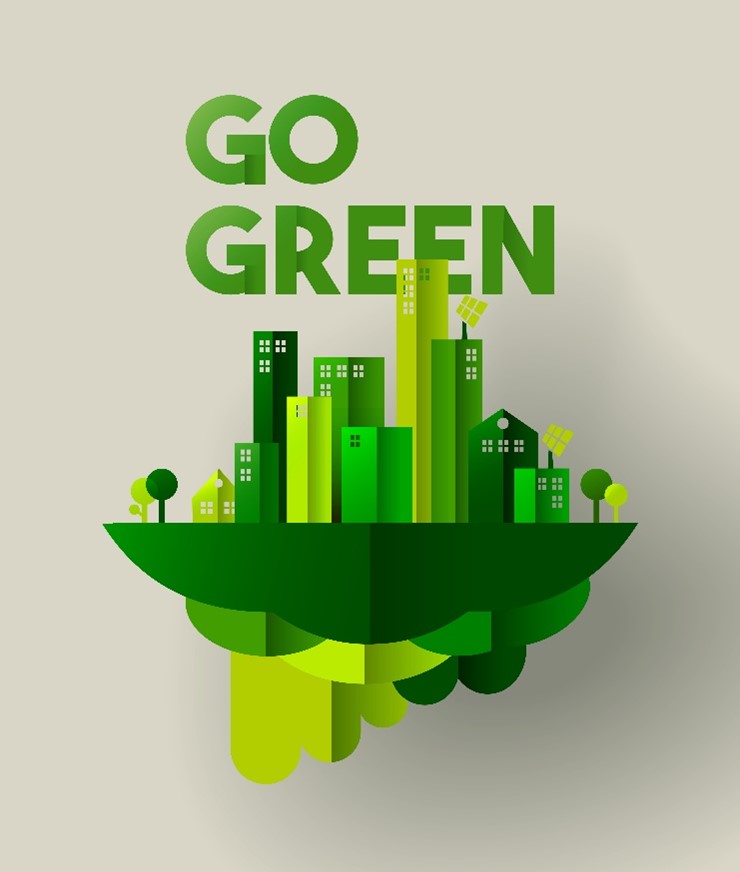
Why do consumers buy eco-friendly products? The answer is that environmentalism matters to people. According to recent IBM and National Retail Federation data, it's a top concern. Nearly 70% of consumers in the U.S. and Canada think it's vital that a brand be sustainable or eco-friendly, and a 2014 Nielsen Study found that 60% of users are willing to pay more for eco-friendly products.
Here's a quick rundown of some popular eco-friendly products you might use in daily life:
Beauty Products
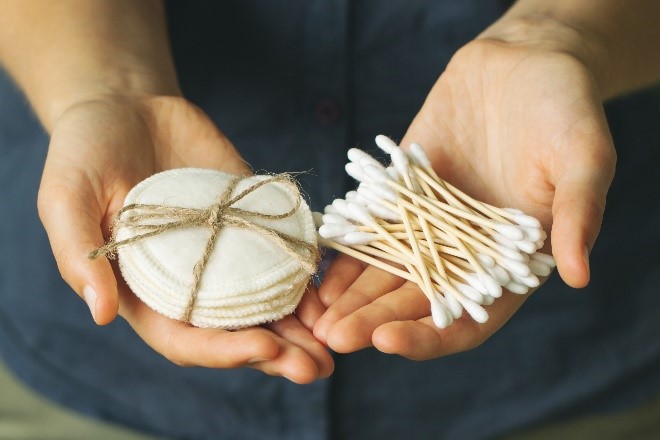
Beauty products use plastic packaging or disposable containers. But in addition to reusable or plastic-free packaging, look for organic ingredients that are less harsh on the environment. Finally, even the simple cotton swab can be made green, as with The Humble Co. bamboo biodegradable cotton swabs.
Cleaning Products
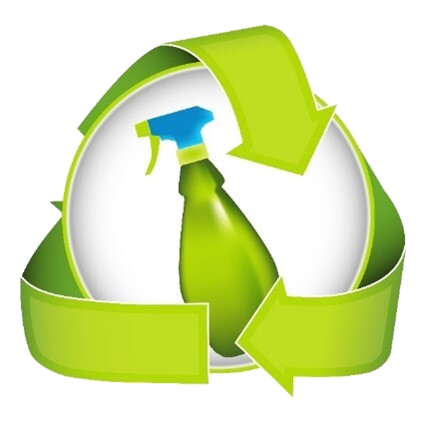
Cleaning the kitchen or bathroom often involves using a spray bottle of chemical cleaner made from plastic. Instead of tossing an empty bottle and adding to plastic waste, companies like Blueland sell reusable bottles and tablets that can be dissolved when you run out of product. Choosing natural, non-toxic cleaning products will also help keep toxins and pollution out of local waterways and water tables, aiding in a healthier environment.
Hair and Salon Products

Haircare may be the biggest culprit in terms of environmentally un-friendly personal care. Shampoo, conditioners, and other hair products often use disposable plastic bottles. We Are Paradoxx, as an alternative example, uses 90% plastic-free practices with products packaged in stainless steel and aluminum. Shampoo bars, as opposed to liquid shampoo in plastic bottles, are another eco-friendly alternative.
Kitchen Products
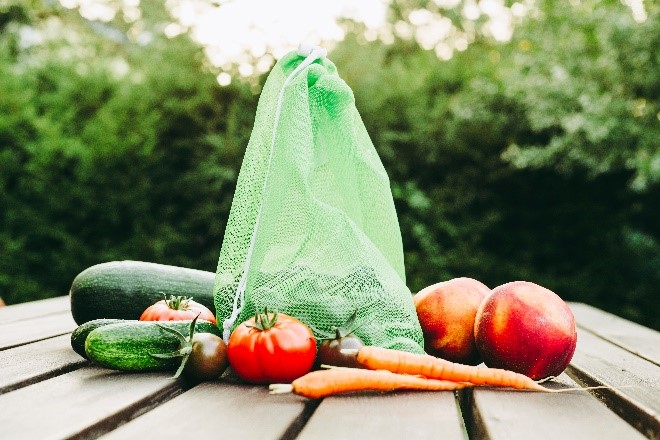
The kitchen is a substantial source of waste, but more and more products are targeting a waste reduction in this arena. Grab some Stasher silicone food bags to reduce plastic waste from storing food in single-use plastic bags. Glass or metal containers can house leftovers without creating plastic waste. Being mindful of personal grocery waste in the form of rotten or expired food can also help you live a greener lifestyle, and composting your kitchen scraps earns extra green points!
Promotional Products
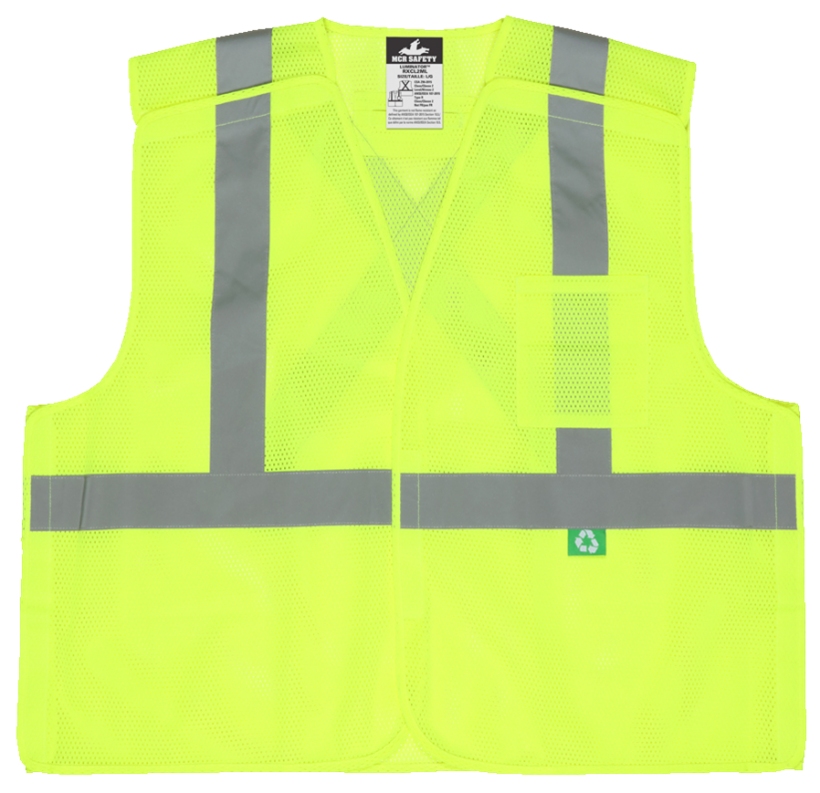
Branded products and items that include company logos or are used for company-wide events need not be harmful to the earth. Eco Promotional Products makes sure its items all have green attributes. The vest shown above is eco-friendly and can be branded with a company's logo! More on the vest below.
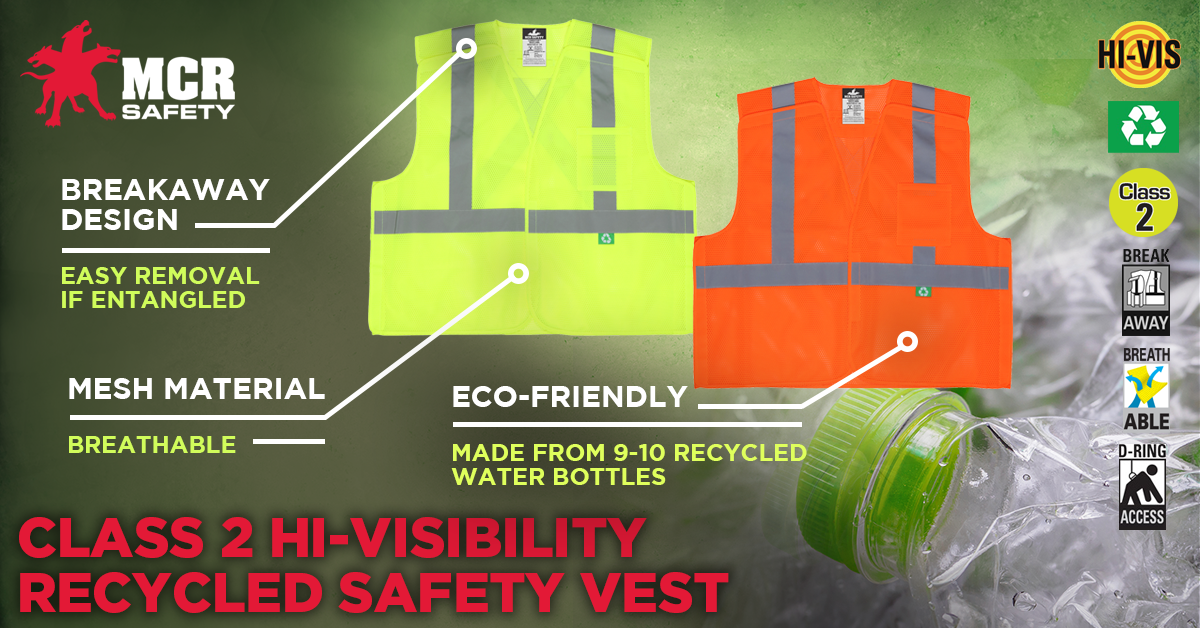
You can find more information on our customizing PPE options by going here.
Baby Products

Parents want to protect their children from harmful chemicals and dangerous plastics. That's why green baby products and items are in need when there's a new little one in the house. From bath-time supplies to skincare products to diapers, baby products are another area that can create a lot of waste. Minimizing that waste and opting for sustainably made, biodegradable, recyclable products is key. Cloud B carries eco-friendly products, including plush toys made from soy and bamboo fabric.
Dental Products

Eco practices and products can even be a part of dental care routines. Of the hundreds of toothbrushes you'll use in your lifetime, try using bamboo toothbrushes to provide an eco-friendly alternative to plastic. Consider the packaging and ingredients of your toothpaste and oral care products when you are looking to up your green game.
MCR Safety Eco-Friendly Products
![]()
You'll find a detailed summary of all our eco-friendly products by clicking the below image. We break down our eco-friendly products by materials used, the packaging used, and the manufacturing process.

Common Questions

What does eco-friendly mean?
- In short, eco-friendly products or parts of a product help the earth and don't cause it harm.
Which toilet paper is the most environmentally friendly?
- Toilet paper that's made from 100% recycled fibers or 100% bamboo is much more environmentally friendly than traditional virgin paper products. Be sure to also look for toilet paper wrapped in cardboard and paper, not in plastic.
Is silicone environmentally friendly?
- Compared to plastic, silicone is longer lasting and more inert, meaning it's less likely to leach chemicals into food or other matter. While silicone includes petroleum-based ingredients, its durability and long life can make it more environmentally friendly in the long run.
What is sustainability in business?
- Sustainability focuses on meeting the needs of the present without compromising the ability of future generations to meet their needs. Businesses often think of sustainability in three pillars: economic, environmental, and social.
What is environmental sustainability?
- Environmental sustainability involves conscientiously interacting with the planet to maintain natural resources. Unlike product sustainability, it also includes education and health as it examines the relationship between humanity and the living world.
Protecting the Environment and Workers
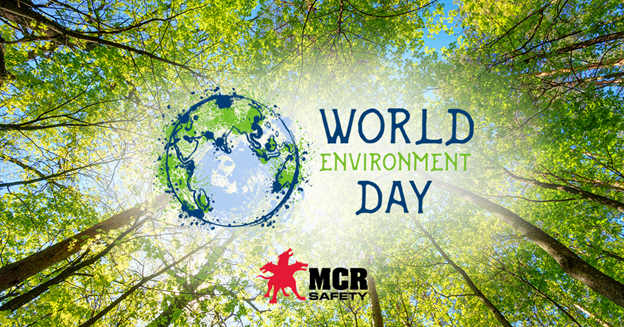
Making educated decisions around buying the right products can be challenging, especially when you have to protect the environment. We hope the above has shed some light on this crucial topic.
Our new eco-friendly lineup of products is expanding, and Mother Earth has more and more people interested in protecting her! Are you one of the 60% of consumers who will pay a little more for eco-friendly products? If so, we've got eco-friendly work gloves, safety glasses, and hi-vis clothing that are perfect for you.
We welcome any comments, feedback, or suggestions for how we can best protect people at work.
For over 45 years, MCR Safety has proven to be a world leader in gloves, glasses, and garments. Whether it's on the shop floor, an oil rig, or a construction site, we are there to provide solutions to workplace hazards. It's all part of our commitment to protect people.
No matter your industry, we have the personal protective equipment you need.
Learn more about MCR Safety by checking out our most recent video. For more information, browse our website, request a catalog, find a distributor, or give us a call at 800-955-6887.

